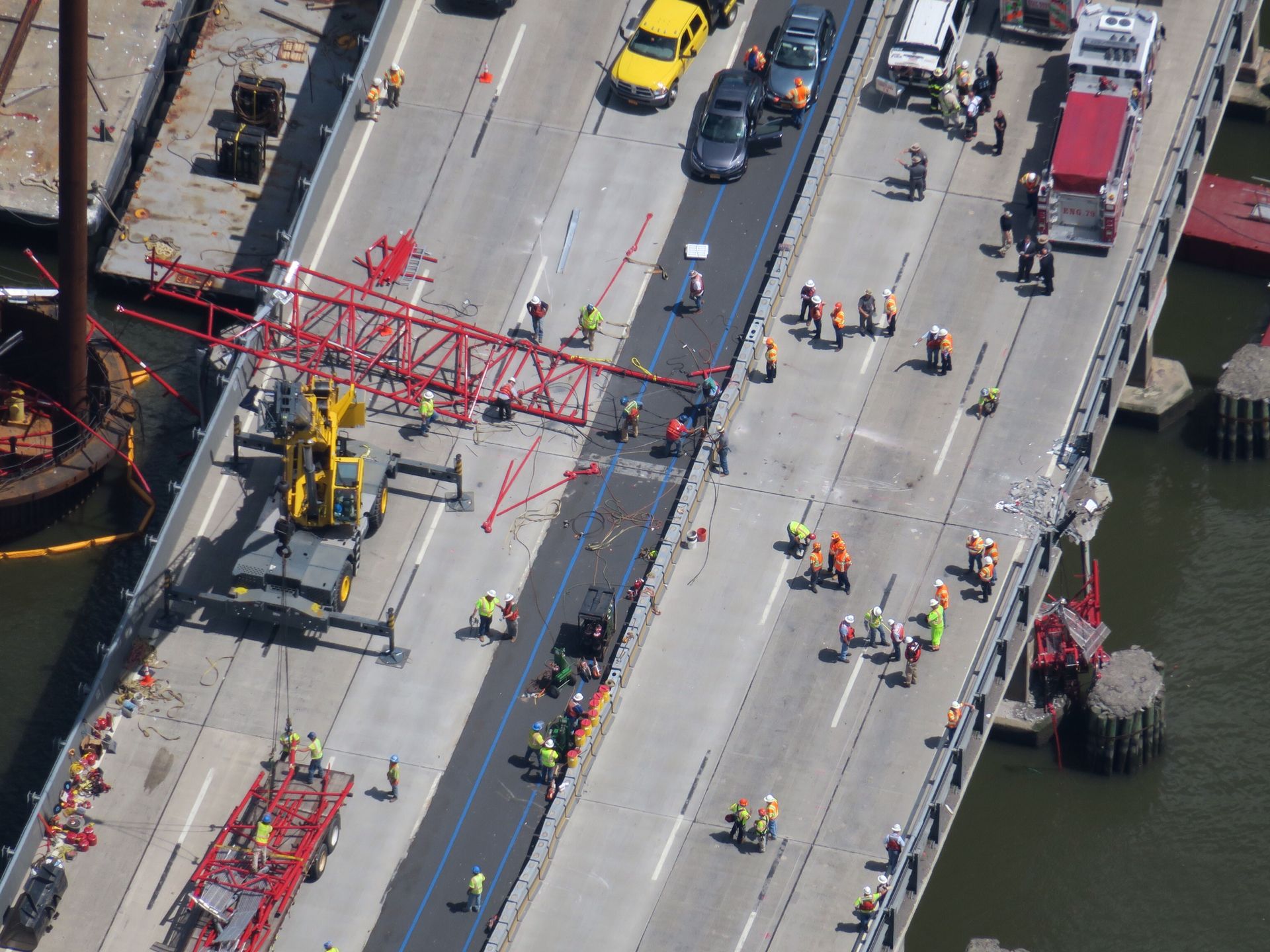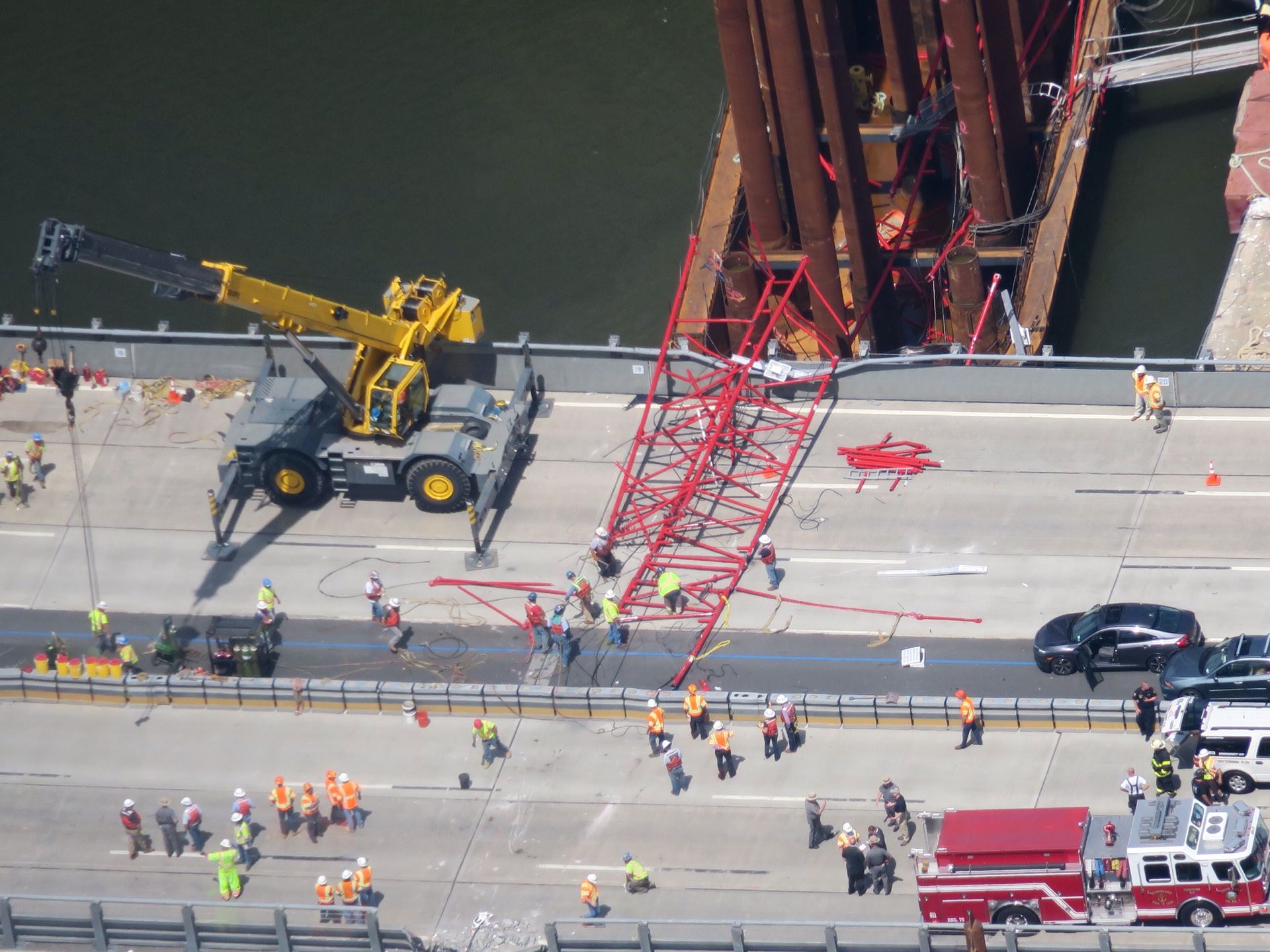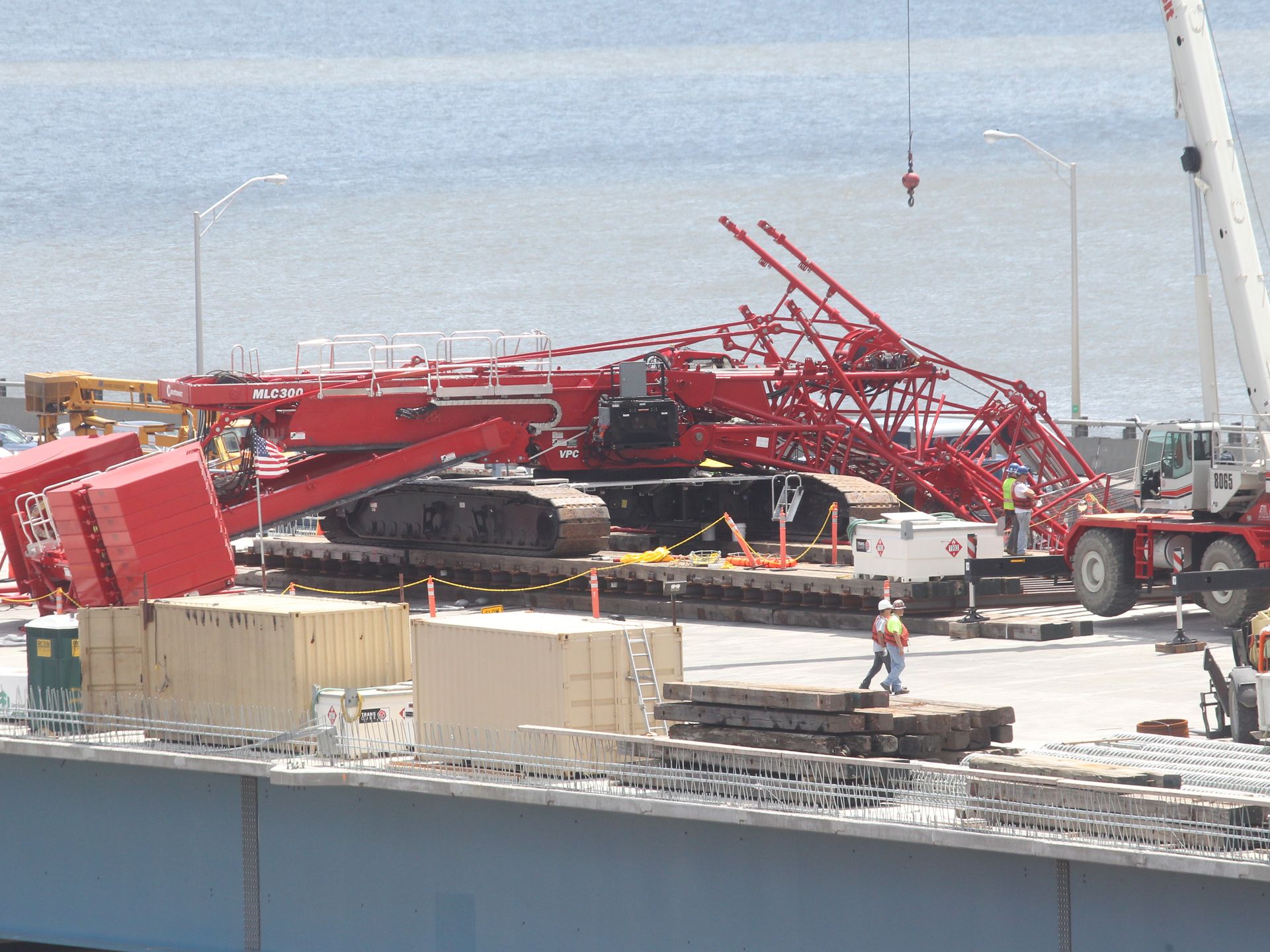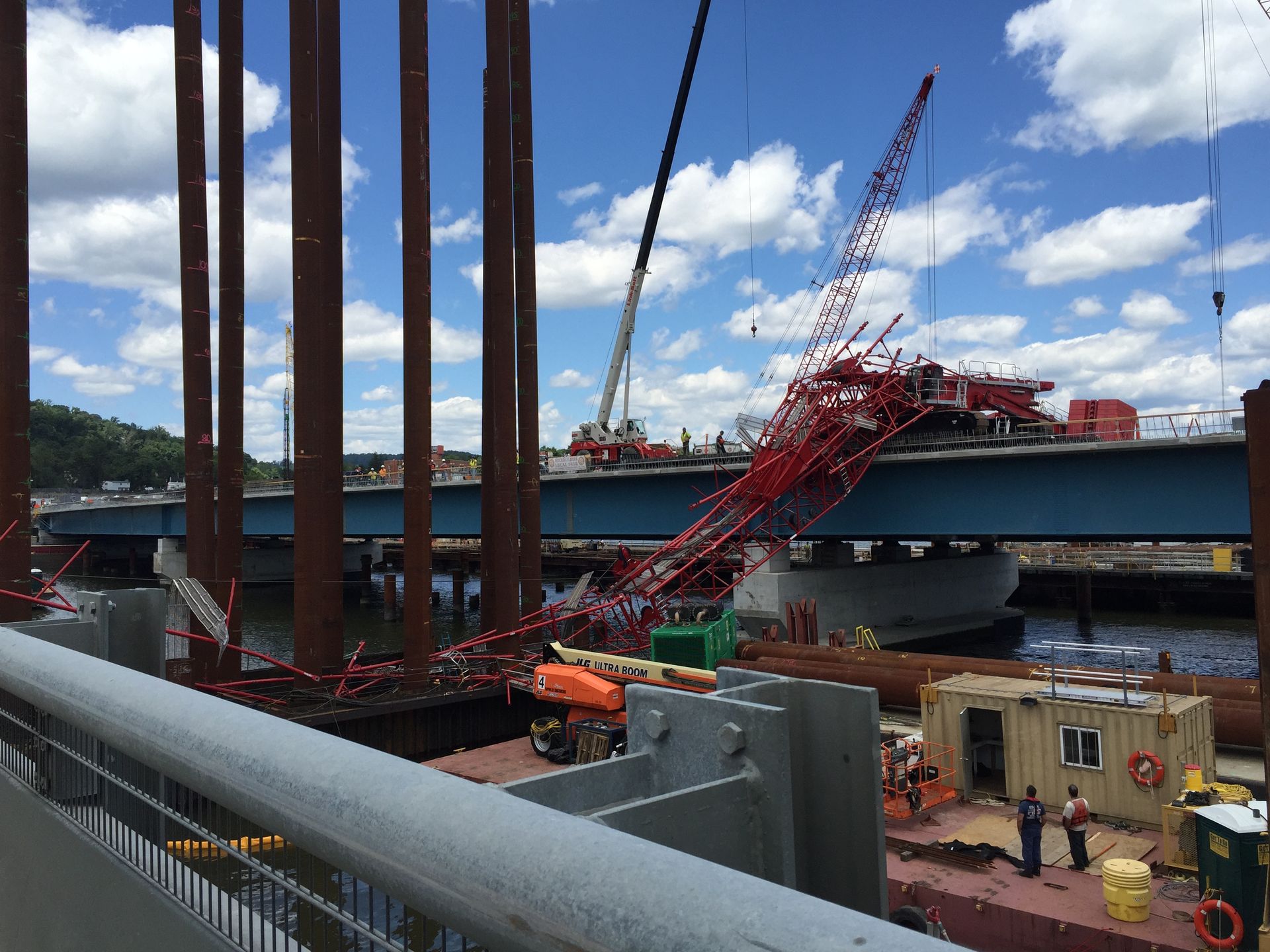It might have been tough to remember, as drivers sat stuck on the Thruway and stranded on the Tappan Zee Bridge, that Tuesday’s traffic nightmare could have been a whole lot worse. The governor accurately called it a “miracle” that only a few people sustained minor injuries when a crane’s boom came crashing across all seven lanes of the Westchester-to-Rockland crossing.

We need to figure out what happened and why, and what steps must be taken so the current bridge’s roadway remains safe for drivers during the span’s quickly sunsetting service. The remaining months of the 60-year-old bridge’s tenure must engender safety and reliability.
Some of the questions that cause concern:
- A 250-foot boom fell across all seven lanes of traffic, but the farthest lane, on the southbound side, was the one damaged. Structural issues, specifically a punch-through hole that revealed the river below, have kept it closed. This comes less than a decade after the state spent more than $325 million on replacement decking for the span, with attention paid to those outer lanes. That upgrade was supposed to extend the life of the troubled bridge for decades to come, even as the state was pursuing its replacement. Are the long-cited reasons for the Tappan Zee replacement project — that the structure was never meant to support so much traffic and such heavy vehicles — even more pressing now? Why couldn’t the bridge withstand this blow?
- An active construction site takes place just feet away, in some places, from an active and busy roadway. Should certain work be done only in off-peak periods, or should traffic be diverted at times? Traffic is a mess along the Interstate 287 corridor in the area of the bridge, even before the week’s post-crane tie-ups. But safety must always trump speed.
- Traffic was finally turned around, and Thruway entrances closed. Still, many drivers sat for hours along the roadway. Why wasn’t the emergency diversion planenacted immediately, as the remnants of a 250-foot boom of a crane lay strewn across the Rockland-to-Westchester span?
Even with the stars aligned to create little impact in place of potential catastrophe, there were terribly close calls: the driver of a pickup reported his vehicle was clipped by the falling, red, metal structure. A woman on a ventilator was put at risk when the life-supporting machine’s battery ran low. An ambulance drove the opposite way onto the bridge, and a paramedic climbed over pieces of crane to provide a portable ventilator.

Gov. Andrew Cuomo, who in 2011 fast-tracked the New NY Bridge project, visited the site within hours. Even with the miraculous lack of serious injury, the bridge’s shutdown and continued traffic delays weigh heavily on the region.
As part of its innovative contract, Tappan Zee Constructors, the consortium chosen to design and build the new $3.9 billion Tappan Zee span, could be hit with steep fines anytime traffic is delayed due to late construction. It remains unclear what kind of fines could be levied in reaction to the ongoing traffic mess.
Still, the process of restoring all lanes to full operation, as always, must prioritize safety over speed. And preventative measures must be made, even if that means slowing progress on this rapid-paced massive infrastructure project.
Now we know the risk.
While the massive construction site on the water has been touted by officials as safe, there have been unanticipated mishaps and tragedies. Some of these events have brought changes that have improved safety and quality:
- Early in the project, on a July night in 2013, a pre-wedding boating excursion ended in a collision with a construction barge. The horrific crash took the lives of bride-to-be Lindsey Stewart, 30, of Piermont and her fiance’s best man, Mark Lennon, 30. Two others, including groom Brian Bond, were badly injured. The boat’s driver accepted a plea deal and was convicted of vehicular manslaughter. The victims’ families, while not excusing the captain’s culpability, maintained that the lighting on the barge was inadequate and general information about the barges was lacking for the boating public, creating a dangerous situation. Although officials have maintained that the site complied with federal regulations,  a host of safety improvements were quickly made at the project site: more lights being added to the barges the next day; boating restricted zones were implemented as the construction site ramped up and a system was set up to allow the public to track project vessels online.
- Meanwhile,  barges have broken loose in the often rough river, prompting officials to install GPS tracking devices on barges and vessels. The system has created a safer river.
Like Tuesday’s crane debacle, there have been incidents that have yet to produce change, but show a dire need to address a now-clear problem:
- In March of this year, three men died when their tugboat, heading downriver to deliver equipment completely unrelated to the Tappan Zee project, struck a barge and sank within minutes.
- This month, a TZC tug became tangled in cables and sank; all were safely evacuated.
Both incidents remain under investigation. Like the crane’s failure, the incidents now make clear a vulnerability.

The 60-year-old, overtaxed, under-secure crossing will serve Lower Hudson Valley commuters at least until spring of 2017. Then, all traffic will temporarily use the new bridge’s northern span as the old bridge is torn down and the new southern span is connected in the former crossing’s footprint. The dual-span crossing is expected to be in full operation sometime in 2018.
In these next several months, work will continue along the bridge, with a new span under construction mere feet from drivers. We need to ensure that operations proceed safely for the scores of workers onsite and the tens of thousands of motorists whose daily drive puts them this close to heavy and complex construction activities.

